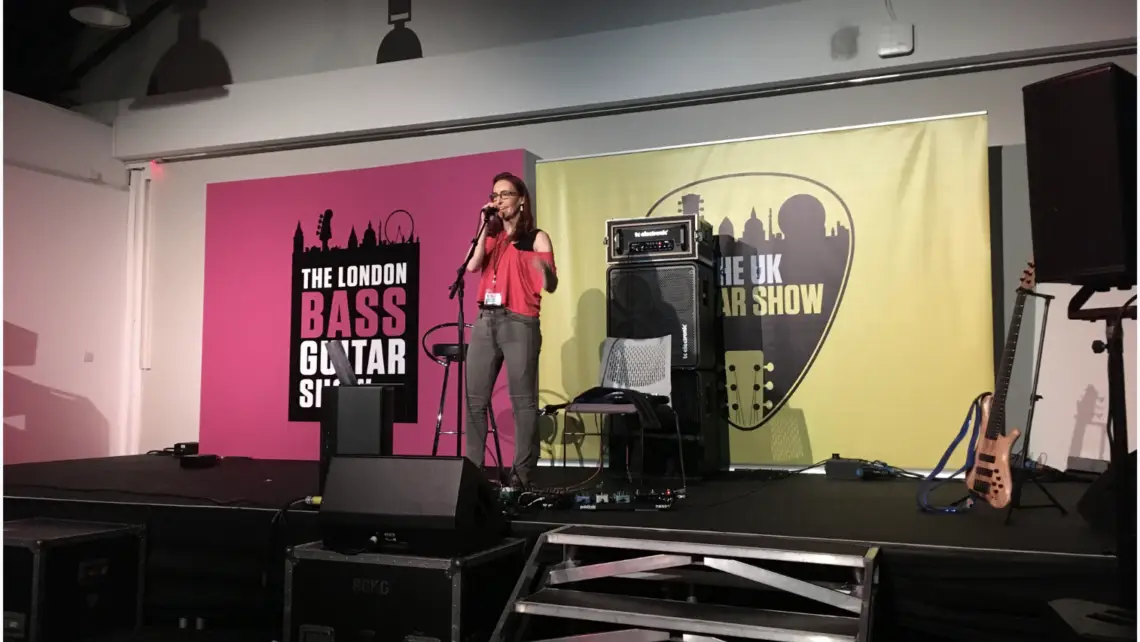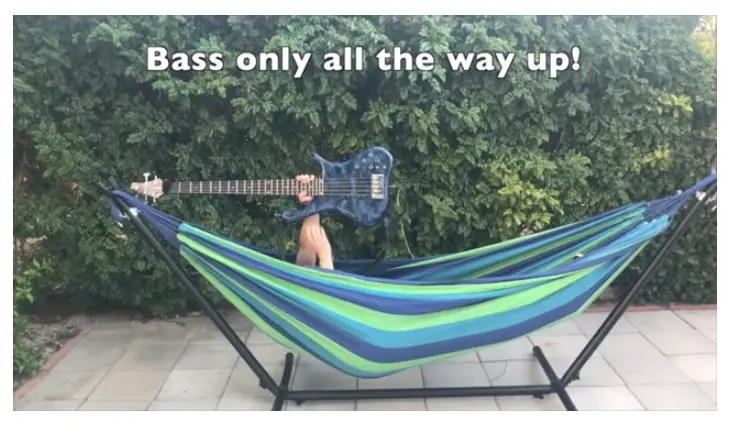London Bass and Guitar Show – EPIC! Plus: Find the hidden gift in this post…
Some of my favorite highlights:
- Recording two courses for Scotts Bass Lessons with Nick Wells
- Seeing epic masterclasses and performances by Nick Beggs, Paul Geary, Cody Wright, Ellen O’Reilly, Steve Lawson, John Patitucci (who also received the Lifetime Achievement Award), and Scott Devine
- Getting to hear the finalists of the Young Bassist of the Year competition and sitting on the judge’s panel with Joel McIver and Nick Beggs
- Doing an interview with Jon Liebman of forbassplayersonly.com
- Meeting two of my students in real life (one from Australia, the other a Brit!)
- Meeting Facebook buds in real life
- Making jokes about the British food including the famed “Brown Sauce”
- Geeking out on gear
- Spending time with the Marleaux Family
- Doing a performance and teaching a clinic
- Making new friends, meeting blog readers and talking to fellow authors Jon Liebman, Stuart Clayton, Joel McIver and others from the Bass Magazine crew
I am now in Innbsruck, Austria (that’s where I was born) spending time with family. Today we are going törggelen. Comment if you know what this is! Enjoy the pictures and videos!



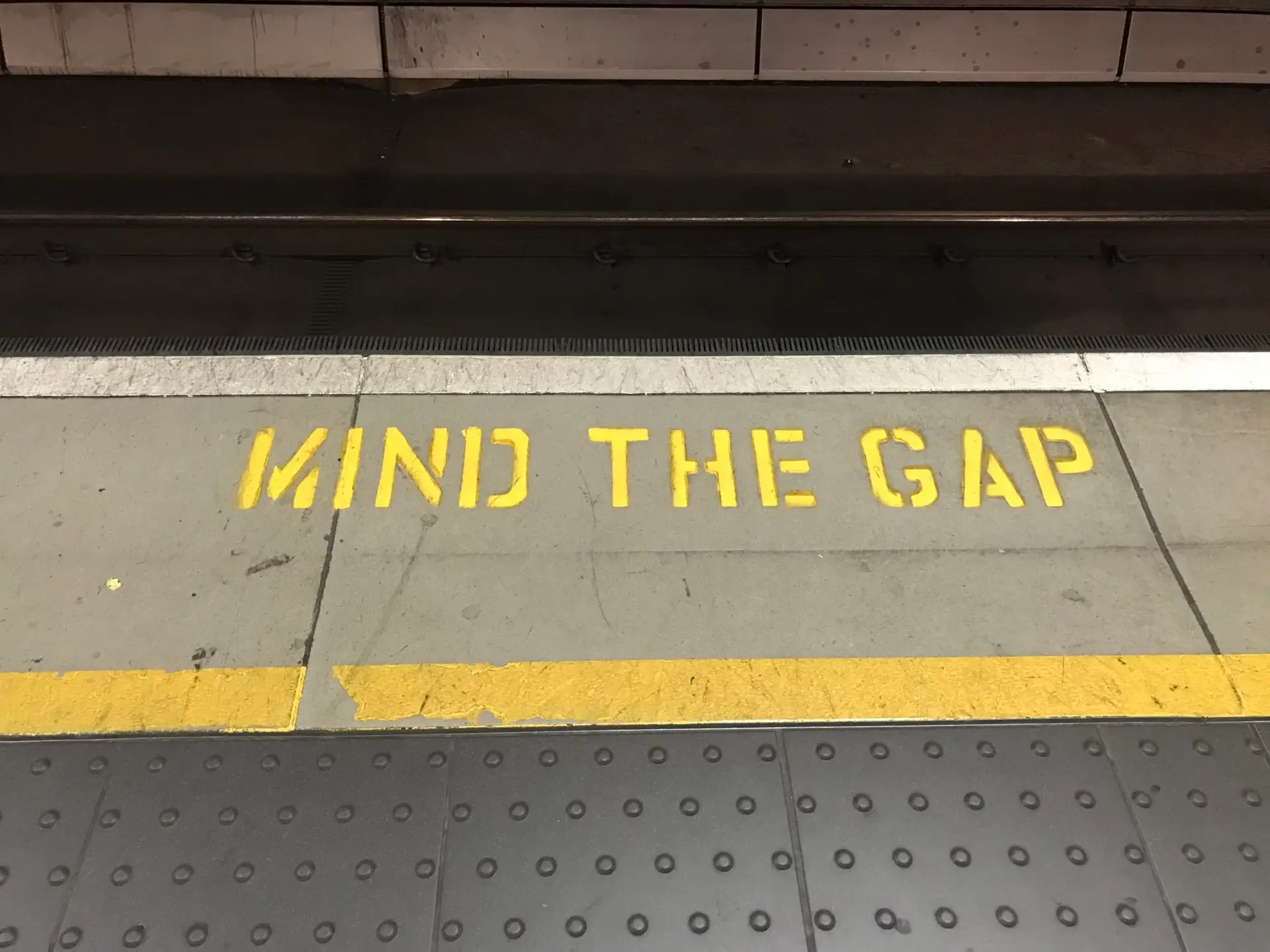 Getting there….
Getting there….
huge props to United/Lufthansa for letting me pre-board and being awesome. Luckily the instrument fit into the bin (barely, actually! Sort of diagonally)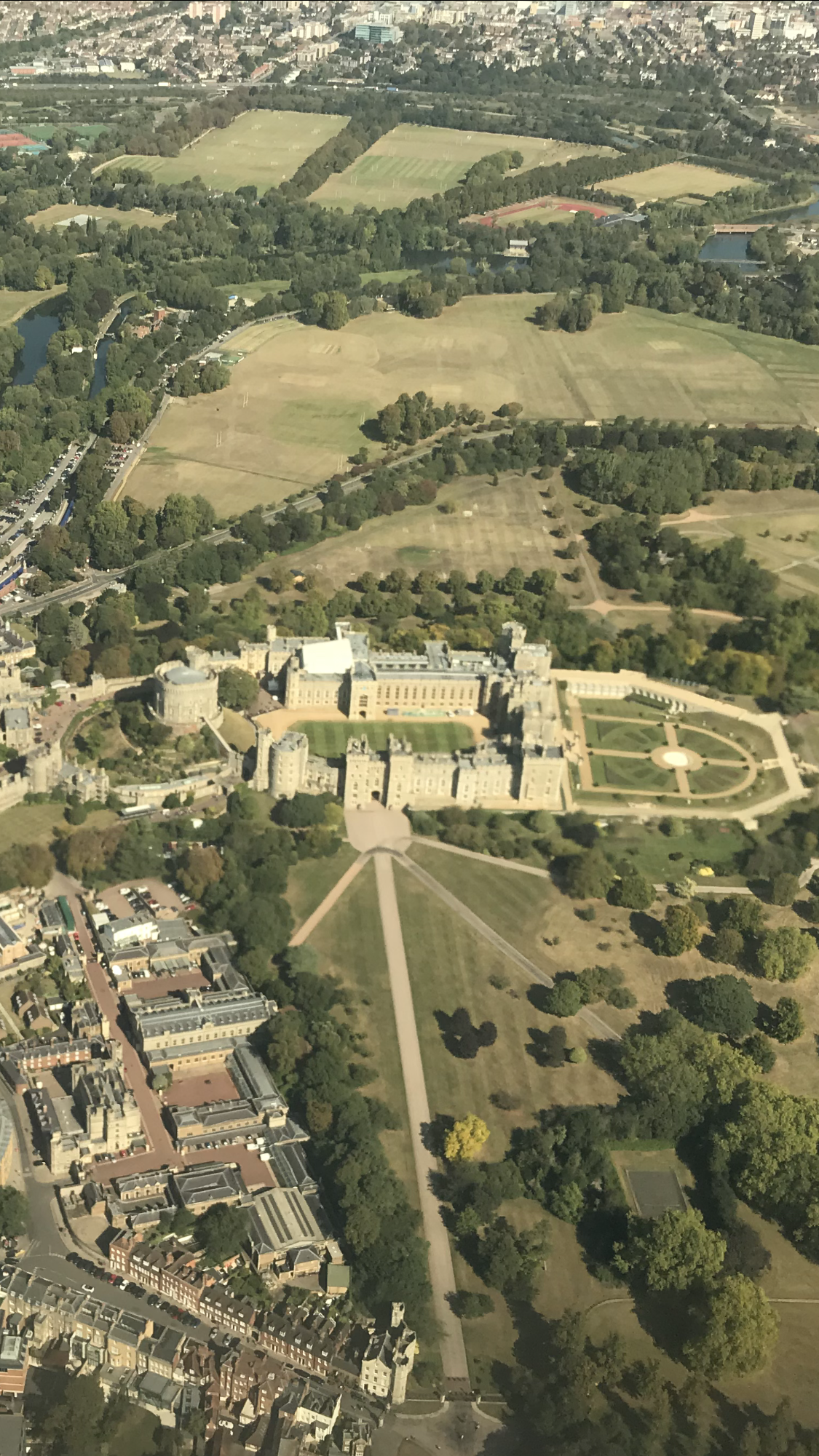
 Okay, I want to know where they keep the dragon (picture at left)
Okay, I want to know where they keep the dragon (picture at left)
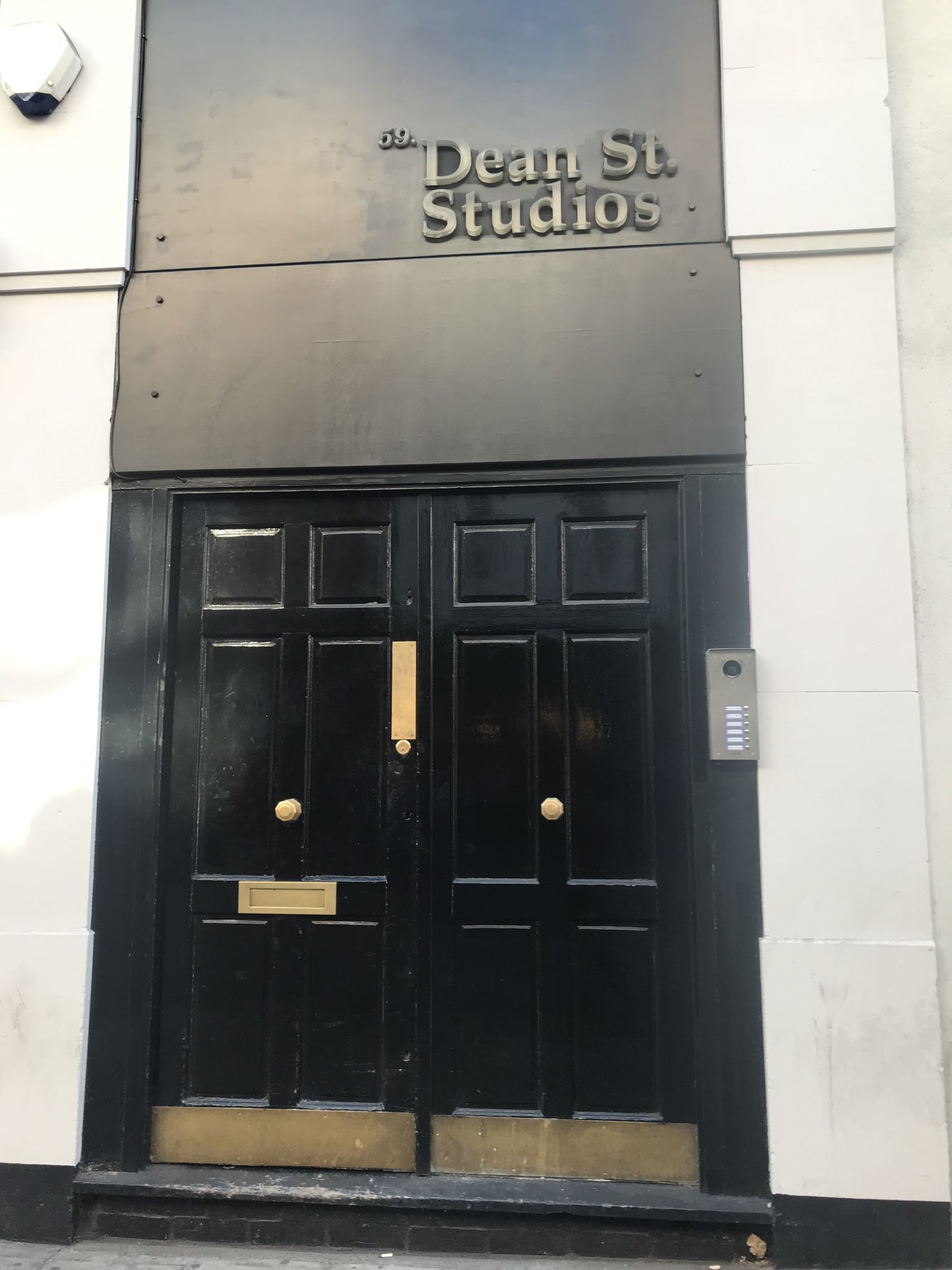 Recording for Scott at Dean Street Studios…
Recording for Scott at Dean Street Studios…
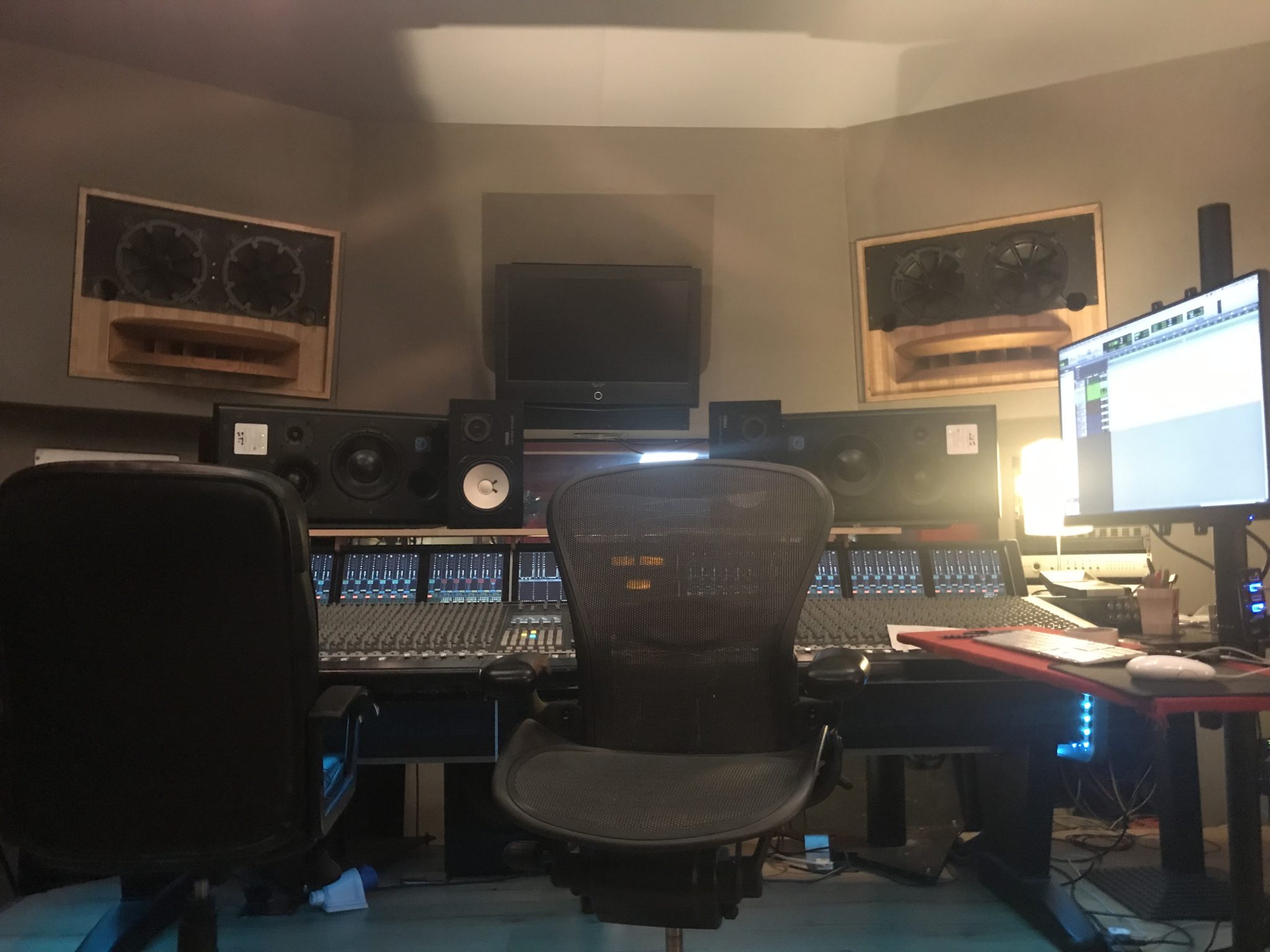 Good talk, Jon!
Good talk, Jon!
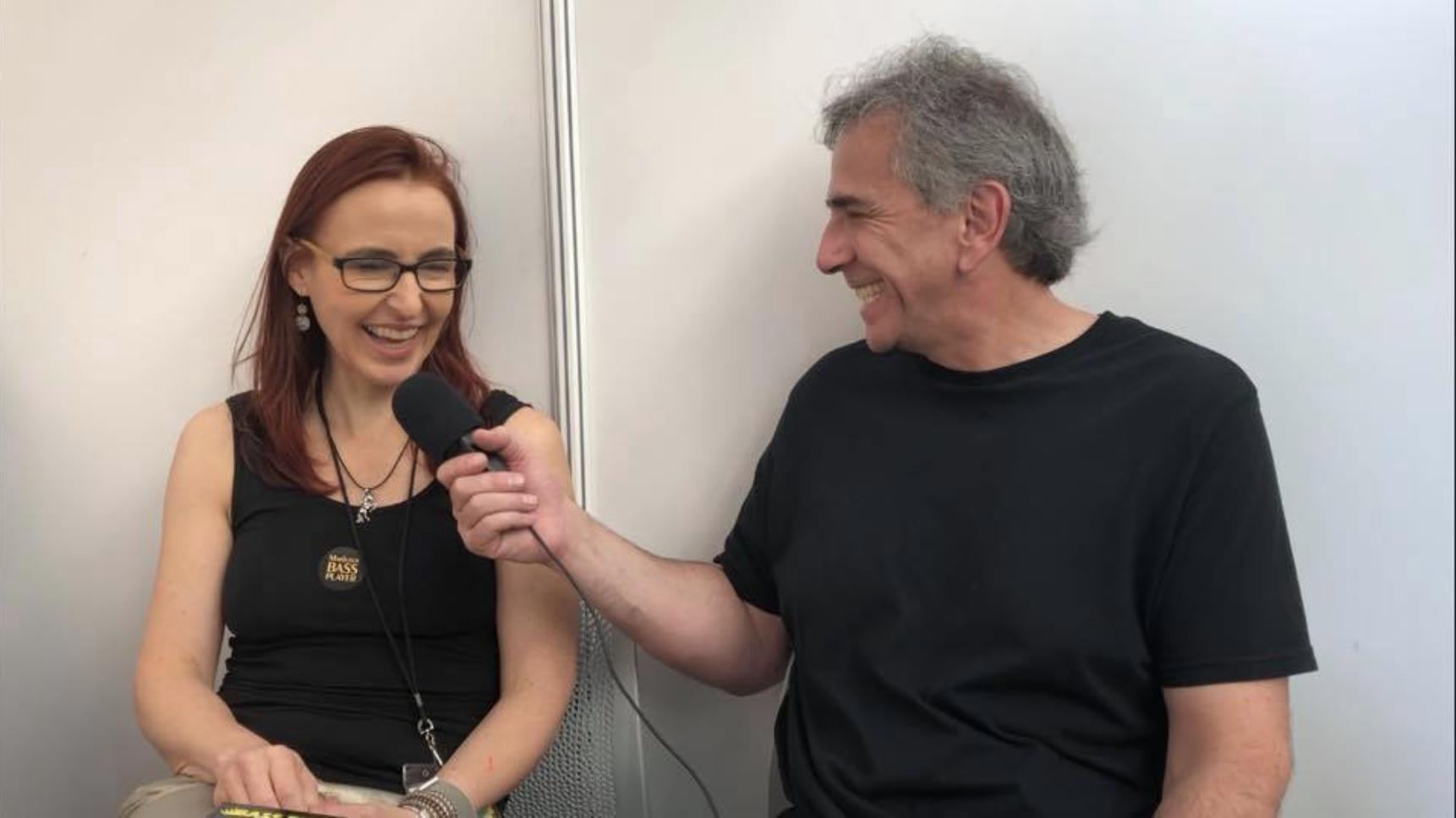
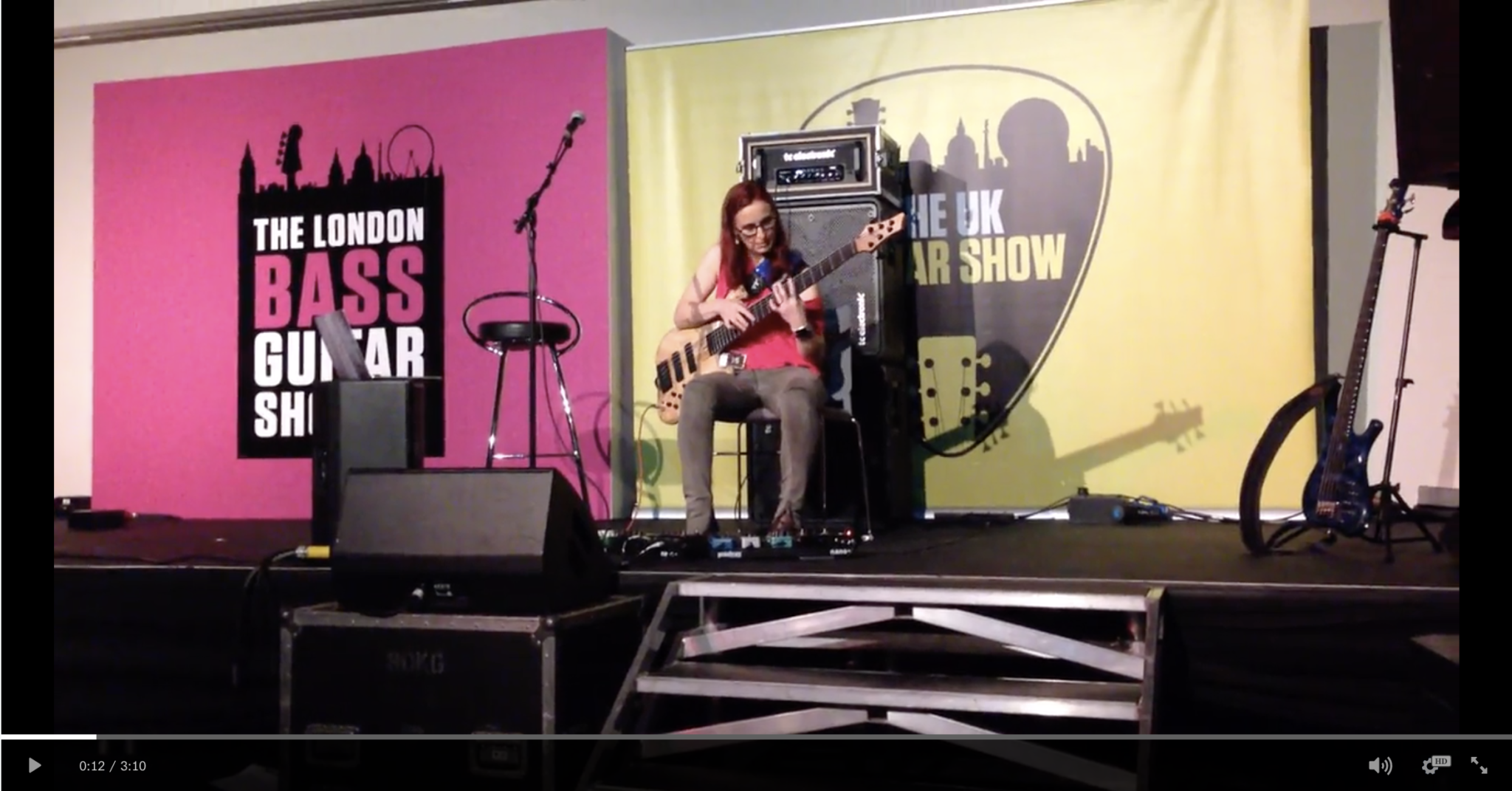

 Rachel Rhodes amd Sam Montooth
Rachel Rhodes amd Sam Montooth
 John Patitucci clinic…
John Patitucci clinic…
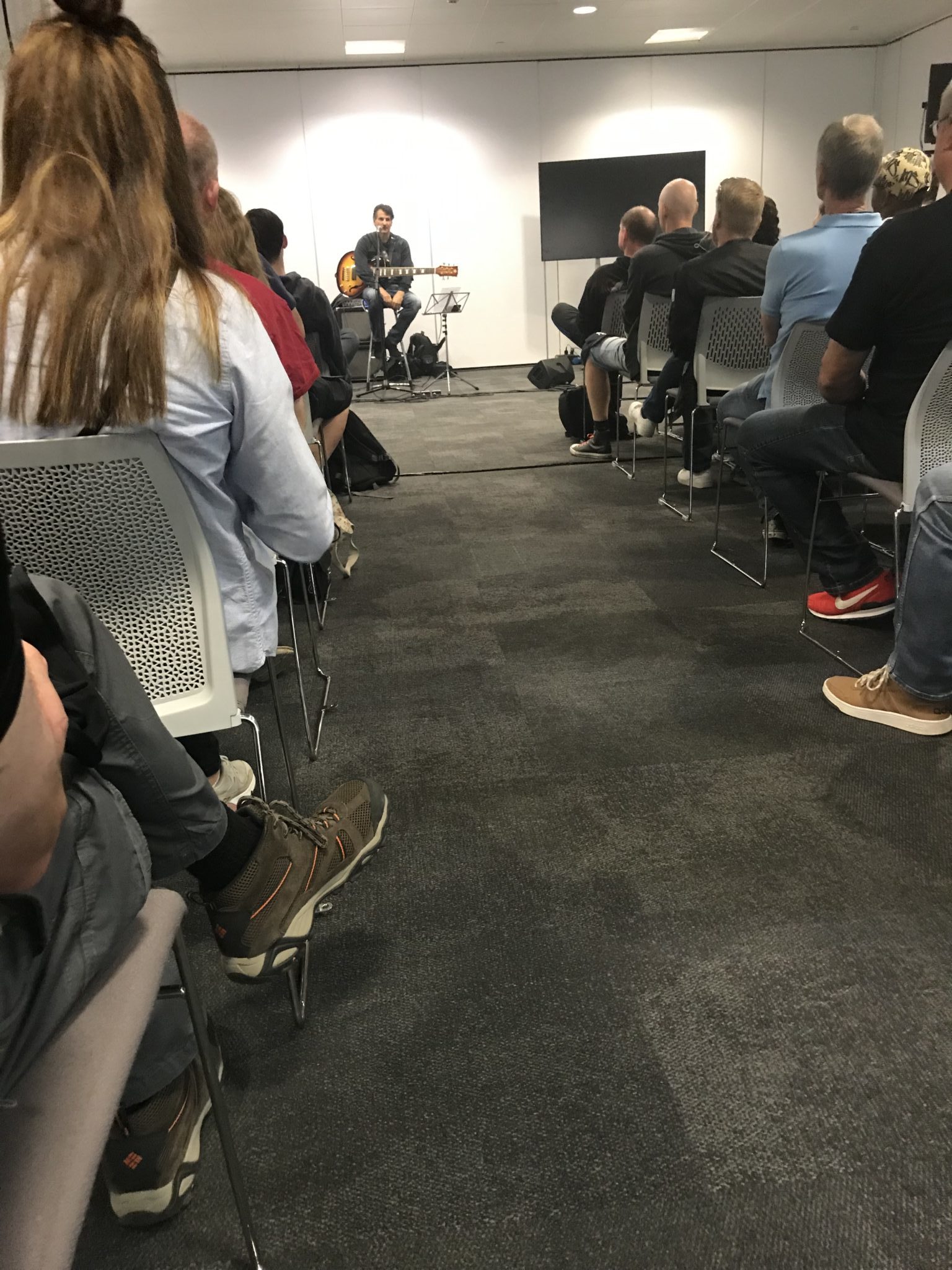
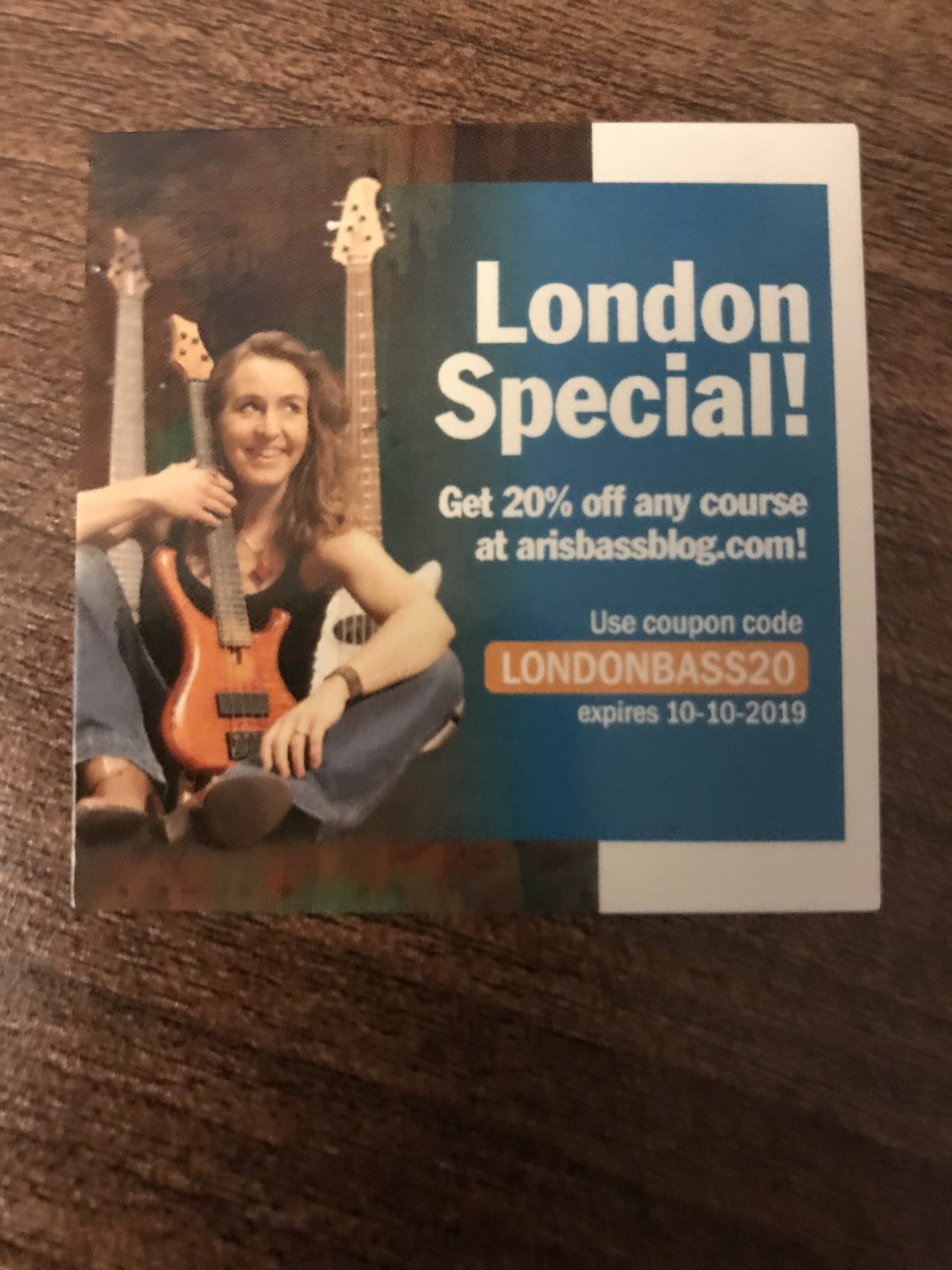 With my student Bill!
With my student Bill!
 The Marleaux booth!
The Marleaux booth!
 A short sandwich break for Gerald and his gang
A short sandwich break for Gerald and his gang
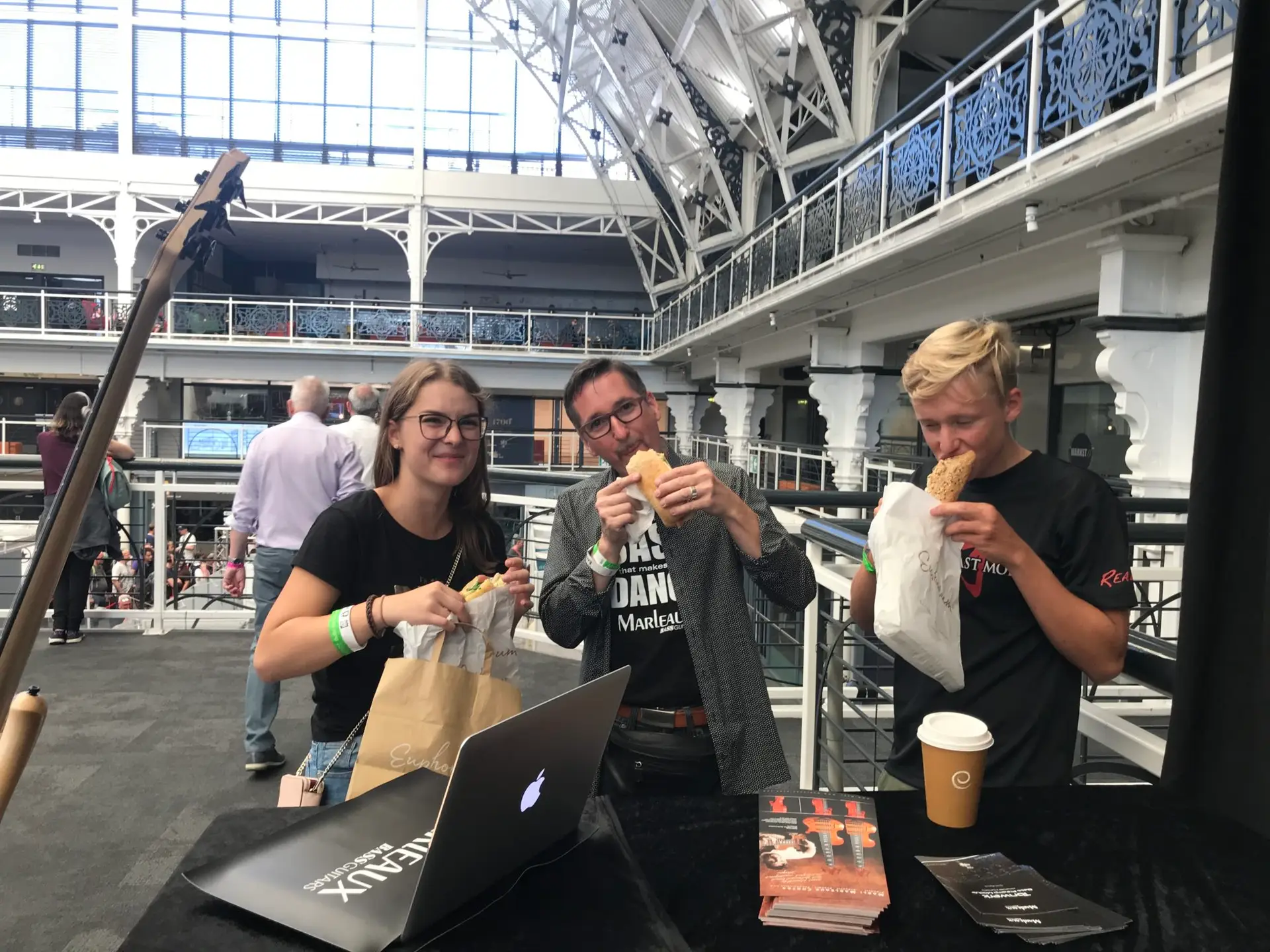 Enjoying Marine Courtin’s beautiful performance. Marine was one of three finalists chosen for the Young Bassist of the Year Awards. 200 entries had been whittled down by Mark King, Joe Dart, Stu Hamm and others to select three winners who were performing at the event. Us judges had the hard task to choose a final winner. Read all about the event and listen to the finalists including the winner Leo de Santis here
Enjoying Marine Courtin’s beautiful performance. Marine was one of three finalists chosen for the Young Bassist of the Year Awards. 200 entries had been whittled down by Mark King, Joe Dart, Stu Hamm and others to select three winners who were performing at the event. Us judges had the hard task to choose a final winner. Read all about the event and listen to the finalists including the winner Leo de Santis here
 Scott Devine!
Scott Devine!

Ellen O’Reilly on a roll talking about singing while playing bass and grooving hard…
 With Lifetime Achievement Award Winner John Patitucci!
With Lifetime Achievement Award Winner John Patitucci!
 My good bud and KalaUBass virtuoso Magnus Sjoquist
My good bud and KalaUBass virtuoso Magnus Sjoquist
 With Alex Lofoco!!
With Alex Lofoco!!

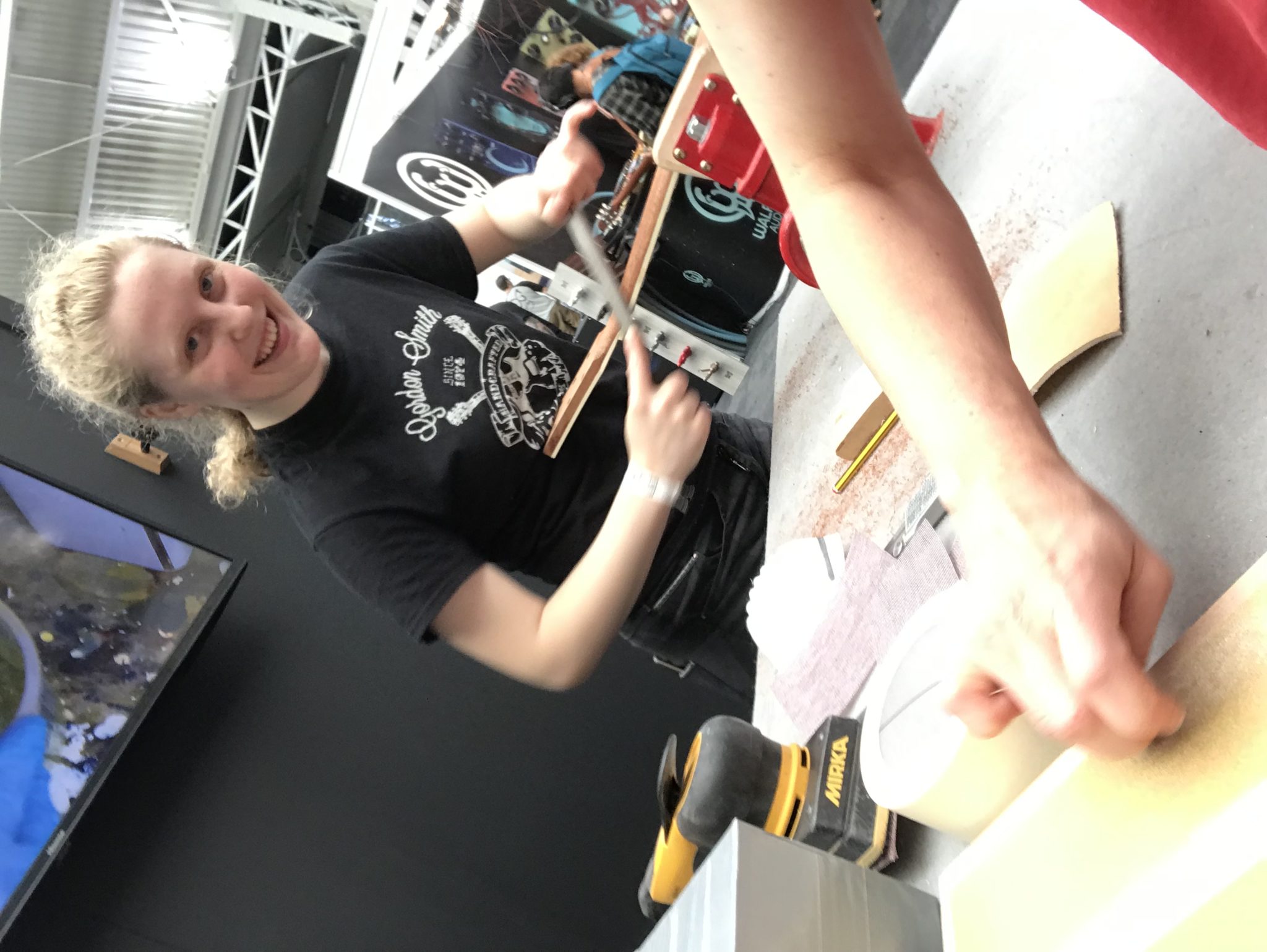 This is waht happens when you forget your nail clippers… Thanks to Gordon Smith Guitars and Florina’s help I could file down my nails at her booth as she was shaping guitar necks.
This is waht happens when you forget your nail clippers… Thanks to Gordon Smith Guitars and Florina’s help I could file down my nails at her booth as she was shaping guitar necks. Jon Liebman!
Jon Liebman!
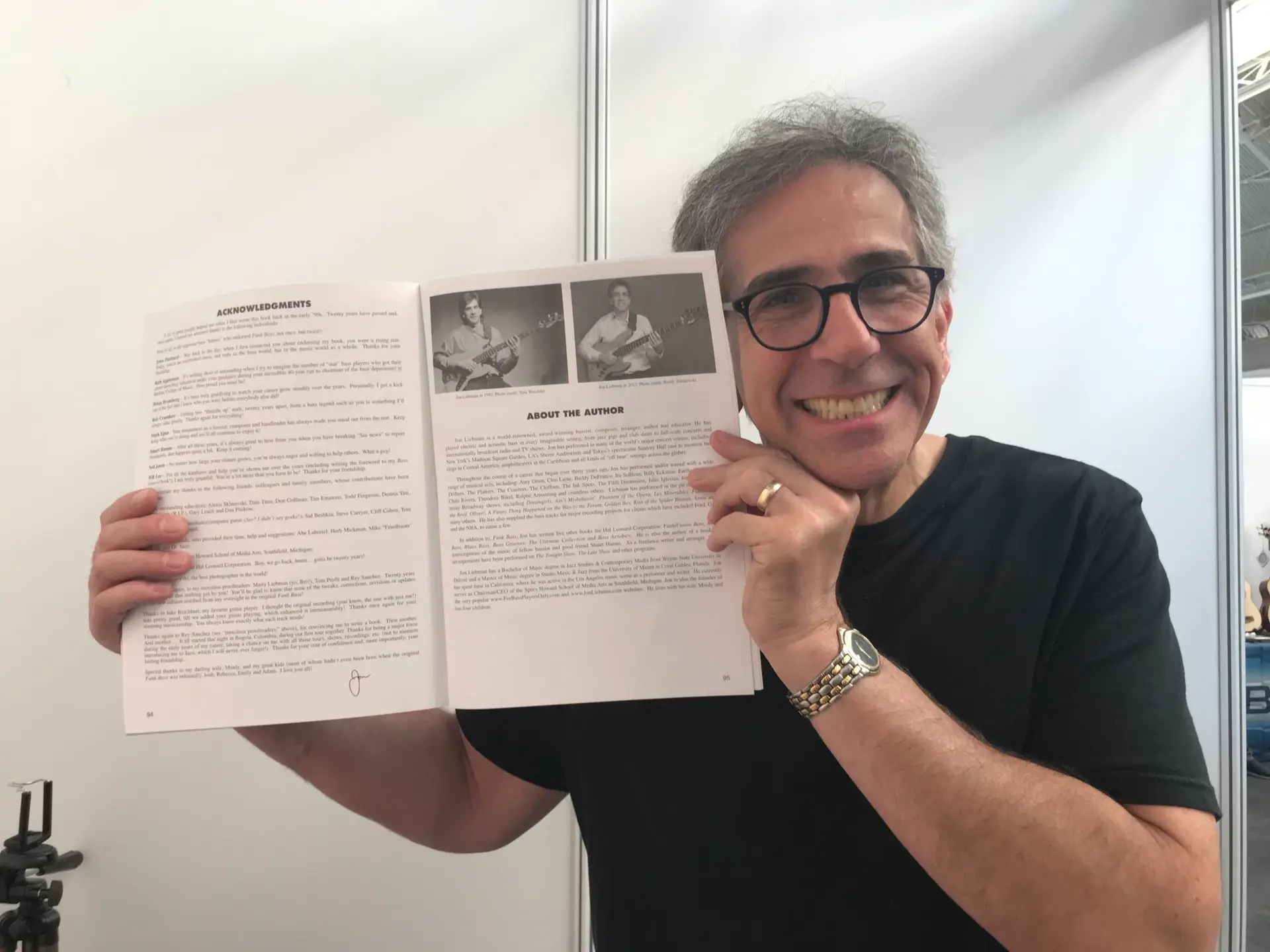 Ellen O’Reilly 🙂
Ellen O’Reilly 🙂
 Gerald Marleaux 🙂
Gerald Marleaux 🙂
 Video of Stella by Starlight from my performance (Thank you for the video, Sam Montooth)
Video of Stella by Starlight from my performance (Thank you for the video, Sam Montooth)

